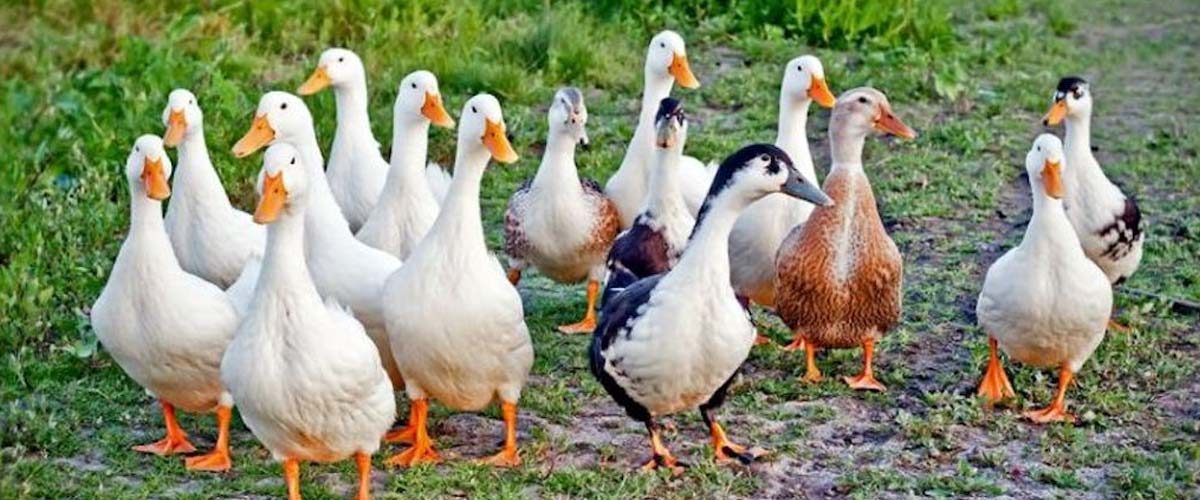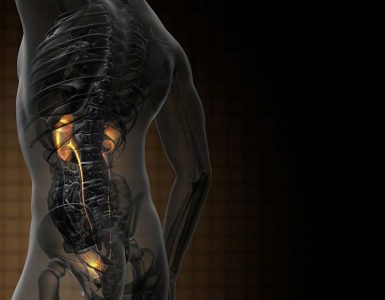The present world population is 7.8 billion according to a United Nations survey. This worldwide population growth has led to increased demand for both grain and meat while the poultry industry plays a vital role in providing sources of dietary protein.
Poultry includes domesticated birds kept by humans for their meat, eggs, and feathers. These birds are most typically members of the order Galliformes that includes chickens, turkeys, and quails. Poultry provides high-quality protein accompanied by a low proportion of fat. A “mule” duck is a sterile hybrid cross between a Pekin and Muscovy. These two breeds have been genetically isolated for 50 million years but surprising results appear after their cross happened.
Ducks now are viable protein sources having a special appearance in the meat industry that guarantees national food security. Especially, the mule duck has become the most popular breed used by the duck business for meat production Caribbean region. The advantages of Mule ducks include their rapid growth rate, a lean carcass, good breast muscle yield, and a lack of sexual dimorphism (condition where the two sexes of the same species exhibit different characteristics).

In the first 24-72 hours of post-hatch, mule ducklings rely merely on the residual yolk sac for essential feed. IN normal hatchery, feed is typically not given to mule ducklings until approximately 32-48 hours of post-hatch. This delay can result in malnutrition and decreased body-weight if the yolk has insufficient nutrient content. Further delays in feed access can negatively impact the overall development and lead to the lower final body weight.
The practice of early post-hatch feeding of turkey, broiler chicks, and goslings raises the rate of yolk sac re-absorption by enhancing intestinal villi growth to improve the absorptive capacity of the gastrointestinal tract at an earlier age than increases in body-weight of the birds.
A research presented in Pakistan Journal of Nutrition to investigate the effect of early post-hatch feeding times on yolk sac disappearance, feed intake, and weight change of newly-hatched mule ducklings. The researchers stated that the weight of the residual yolk sac of mule ducklings reduced with age while early feed access was linked with the best growth rate of mule ducklings. They claimed that their research will help both mule duck farmers and hatchery operators to select optimally post-hatch feeding times to optimize the growth and productivity of mule ducks.
















Add comment